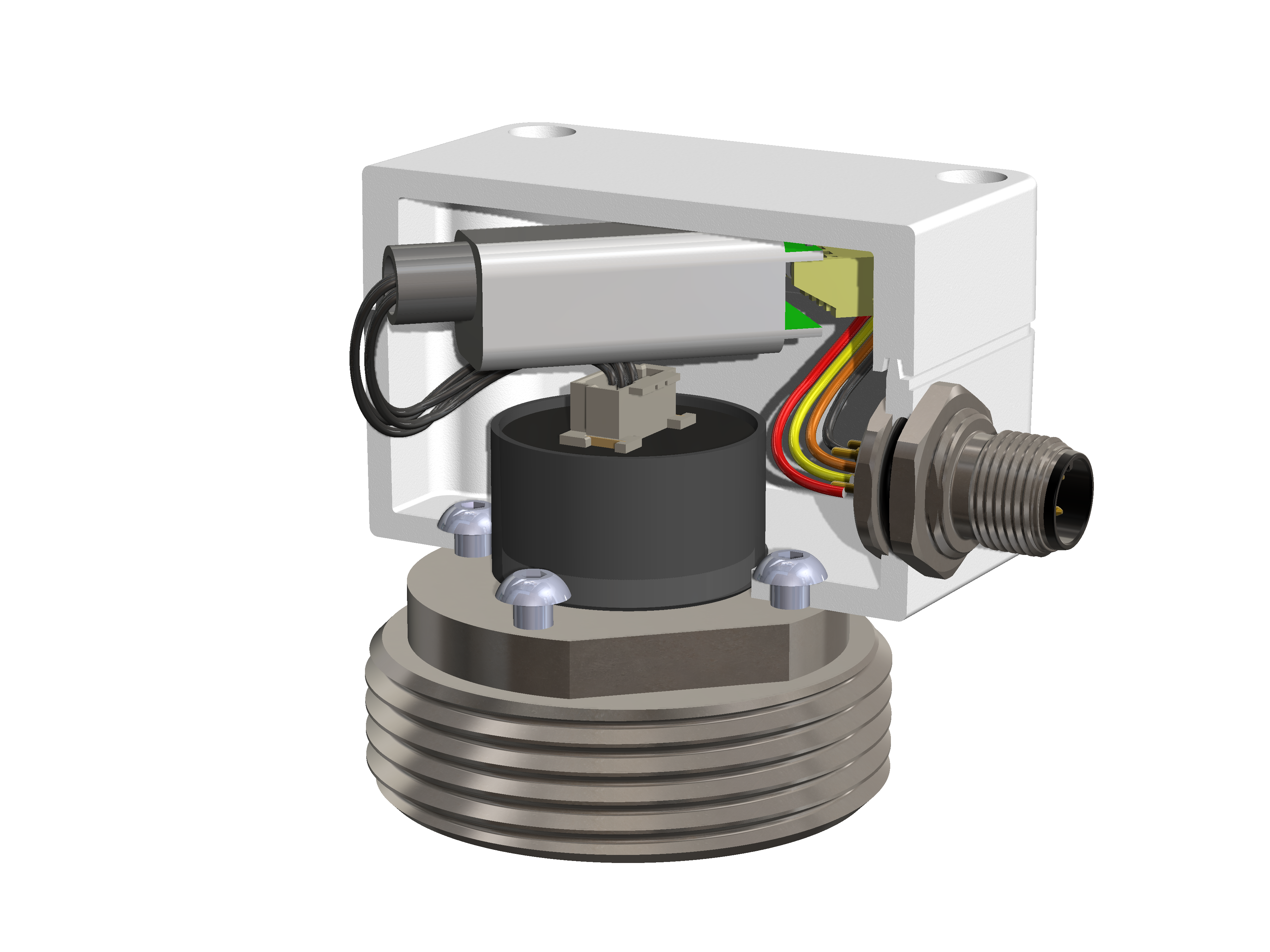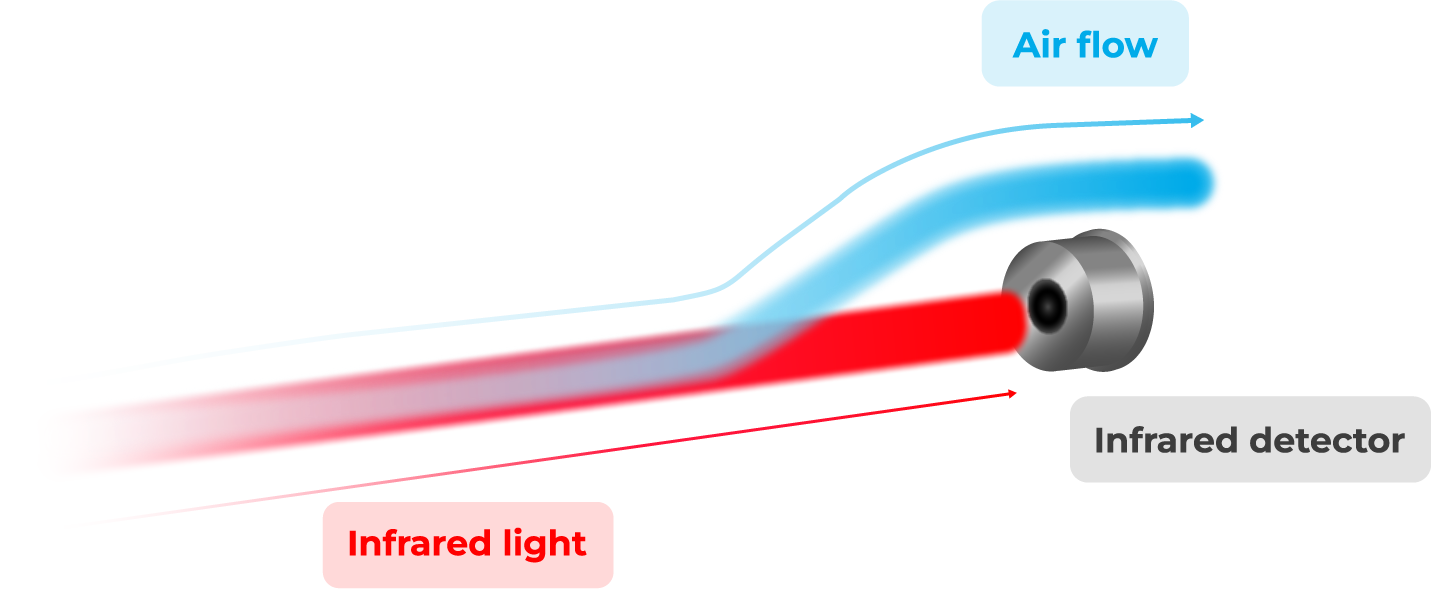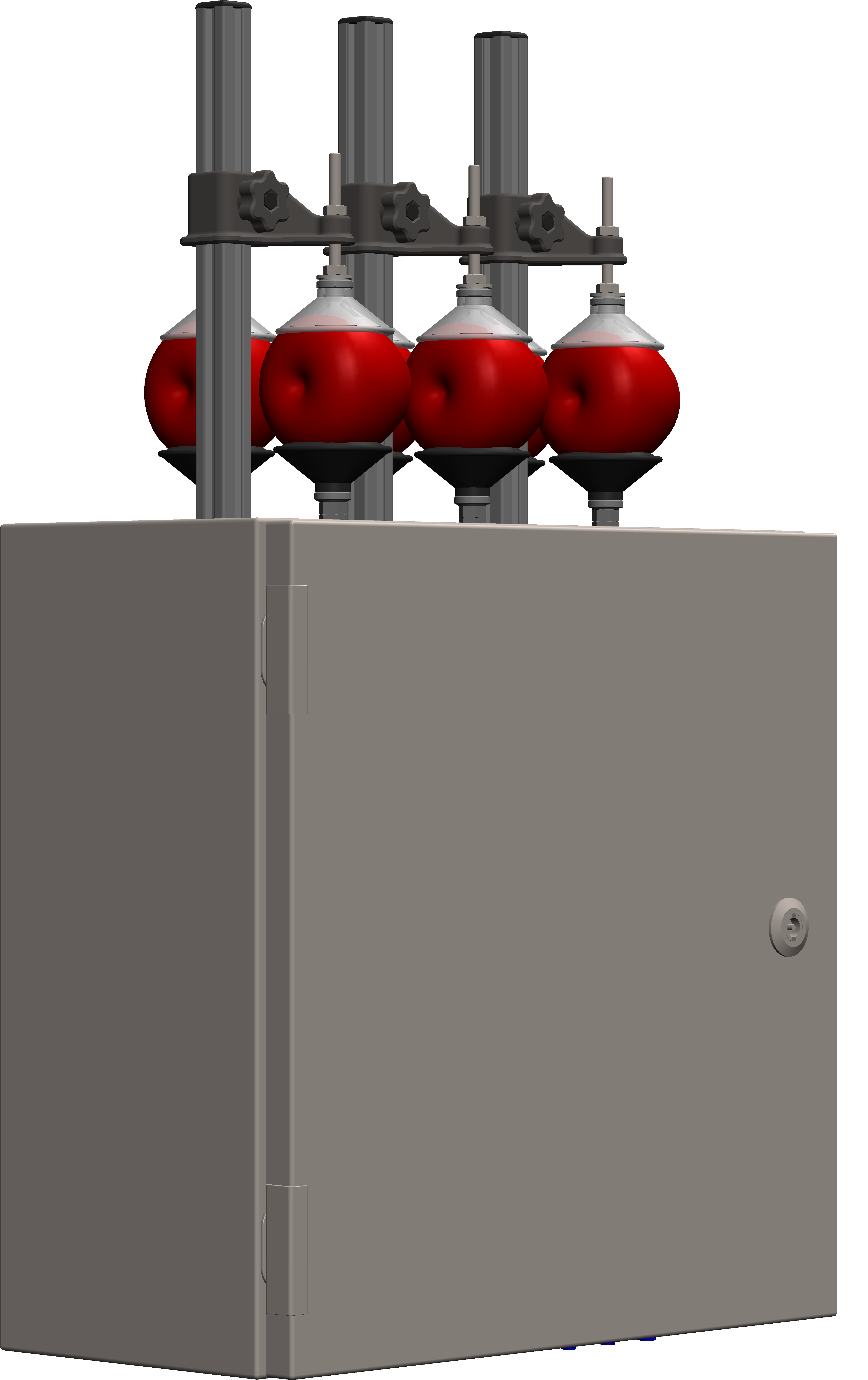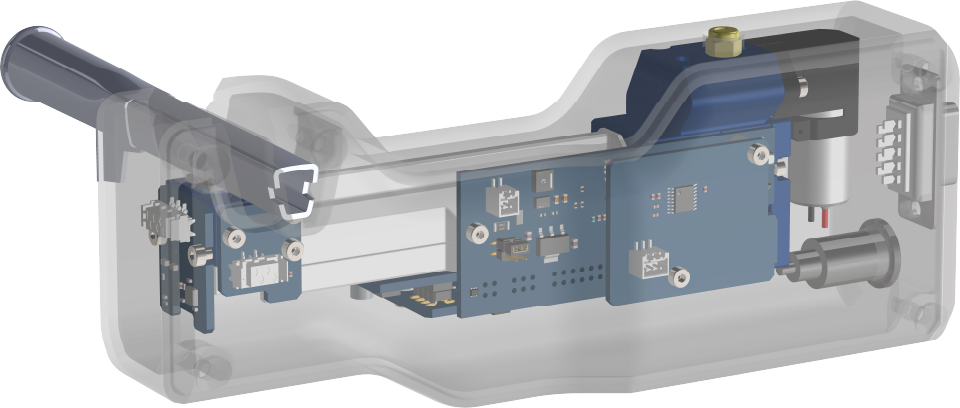
O2 analyzers
for winemaking process
We have designed O2 analyzers specifically for the wine industry. These enable precise, real-time monitoring of oxygen and carbon dioxide levels in fermentation tanks and throughout the winemaking stages, providing complete control of the production process.
Why measuring O2 in the winemaking process ?
In the wine industry, monitoring and regulating carbon dioxide (CO2) and oxygen (O2) levels is of crucial importance for the production of high-quality wine. During the fermentation process, measuring CO2 levels enables to monitor its evolution and determine the optimum moment to stop fermentation, thus guaranteeing optimal flavor. Precise control of O2 levels is also essential for maceration, extracting compounds from grape skins, preventing oxidation and managing closed-tank fermentations, particularly in sparkling wine production. These measures also play an essential role in preserving the quality, stability and durability of bottled wine, helping to provide wine drinkers with exceptional products.
PRODUCTS
O2 analyzer


Oxygen Sensor Benefits in Winemaking:
- Enhanced Aging Process: Oxygen sensors aid in monitoring oxygen levels during aging, ensuring precise control for optimal flavor development and aging potential.
- Quality Preservation: By maintaining optimal oxygen levels, oxygen sensors help preserve the wine’s freshness, aroma, and color, preventing oxidation and spoilage.
- Process Optimization: Real-time oxygen monitoring allows winemakers to adjust processes such as racking and bottling, ensuring minimal oxygen exposure and maximizing wine quality.
- Improved Decision-Making: Oxygen sensor data enables informed decisions regarding cellar management practices, allowing for timely interventions to maintain wine quality.
- Risk Mitigation: Timely detection of oxygen-related issues helps mitigate the risk of undesirable oxidative reactions, safeguarding the integrity and quality of the wine.
Looking for custom gas measurement solutions for your project?
EXPERTISE
Analyzing gases with infrared spectroscopy
A non-dispersive infrared sensor consists of a detector that measures the amount of infrared light at a specific wavelength that is absorbed by a sample.
An infrared light passes through the chamber to the detector. The gas of interest causes an absorption of energy at a specific wavelength. This attenuation is measured by the detector to determine the concentration of the gas. The detector is preceded by a bandpass optical filter that eliminates all other wavelengths that the selected gas molecules may absorb.

Other
products


Fruit Rippening Analyzer
Our innovative fruit analyzer uses our advanced NDIR sensors to measure CO2, ethylene, oxygen etc… in the fruit environment, enabling an accurate assessment of ripeness.

Multi-Gas Breath Analyzer
This device offers an accurate and convenient solution for measuring several gaseous components present in exhaled air, including ethanol, CO2 and N2O.
For any other inquiries, please
